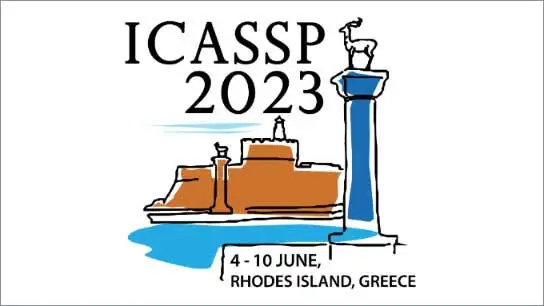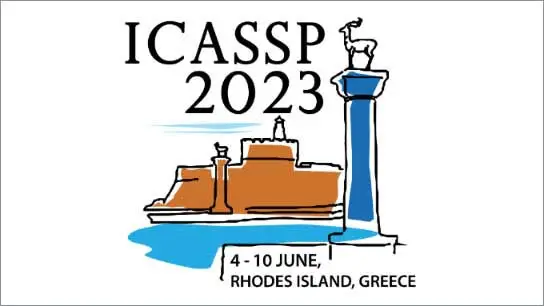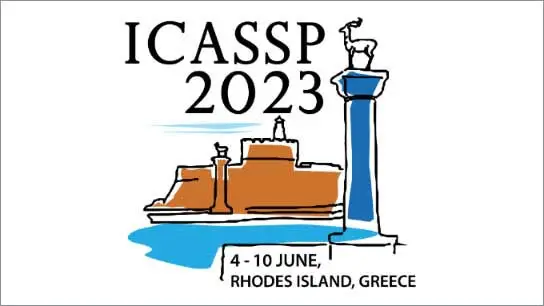Transient Dictionary Learning for Compressed Time-of-Flight Imaging
Miguel Heredia Conde (University of Siegen)
-
Members: FreeSPS
IEEE Members: $11.00
Non-members: $15.00
06 Jun 2023
Time-of-Flight imaging aims to retrieve the 3D geometry of a scene from the delay that a modulated light waveform experiences when interacting with the former. Multi-path interference, arising from translucent objects or concave geometries, poses a challenge when the problem is to be solved from few measurements.
In this work, we step aside from mainstream deep learning methods to invert the problem and propose exploiting underlying sparsity in an appropriate basis, in combination with compressive sampling schemes. More specifically, we show that the temporal response functions of real-life scenes are of bounded complexity and can be sparsely represented in a learned dictionary. A variety of sparse dictionary learning techniques are considered to find appropriate time-domain bases.
Uniform frequency-domain sampling is compared to random sampling schemes and sparse rulers. Simulations acknowledge the superiority of non-uniform sampling and confirm that both transient profiles and millimeter-accurate depth images can be successfully reconstructed from few measurements.



